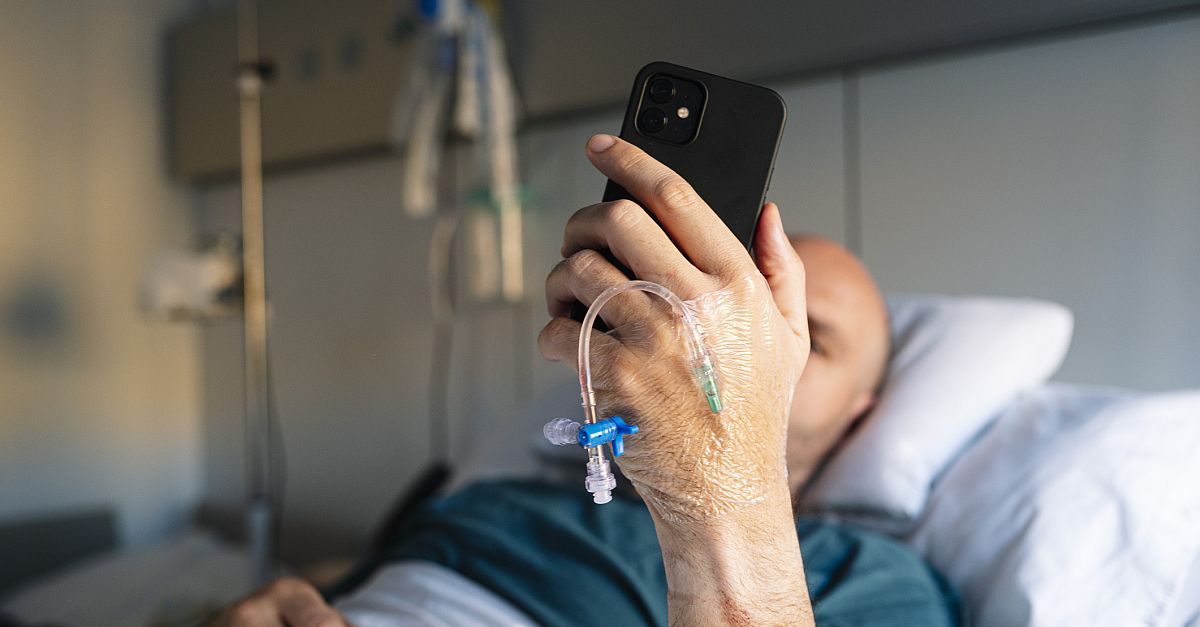False and misleading health information has spread substantially with the rise of social media, the most notable impact to date being observed during the COVID-19 pandemic. Medical misinformation contributed to the use of unproven treatments, nonadherence to mitigation measures, and increased levels of vaccine hesitancy. Evidence suggests that nearly half of COVID-19–related deaths could have been prevented with higher immunization rates.
In a recent JAMA Viewpoint article, Dr Dhruv Khullar suggests that factors contributing to the spread of medical misinformation include declining trust in institutions, splintering of the media ecosystem, deepening political polarization, and worsening economic inequality. The immense volume of shared information has made it increasingly difficult to distinguish between fact and fiction. Interestingly, most misinformation or disinformation (information that is deliberately deceptive) originates from a small number of sources. In 2021, 12 accounts, referred to as the “disinformation dozen,” were responsible for 65% of antivaccine messaging on prominent social media platforms. Unfortunately, efforts to counter misinformation and disinformation are often met with resistance by people claiming that they violate their freedom of speech.
In its 2022 Forum, the American Board of Internal Medicine Foundation considered potential ways to mitigate the harmful effects of misinformation. One strategy is to redesign social media algorithms to reduce the visibility of misinformation and elevate high-quality information. For example, the National Academy of Medicine recently partnered with YouTube to develop foundational principles that elevate credible health sources by focusing on those that are science based, objective, transparent, and accountable. Another strategy is to conduct research and surveillance to better understand how misinformation spreads and to mitigate its health and social consequences. The Social Science Research Council is planning a global project to examine the causal effects of misinformation and potential interventions. The data from this initiative would support development of a system that could identify misinformation “superspreaders” and deploy evidence-based methods for neutralizing misleading health messages. Lastly, clinician training and community engagement can help counteract misinformation. For example, Duke University has developed an educational program to address misinformation with proactive engagement, empathetic listening, and elicitation of patient values, concerns, and lived experiences.
High level
If the medical community is to mitigate the effects of misinformation, it must employ a multifaceted approach that includes partnerships among clinicians, public health officials, technologists, patient groups, and community leaders. As trusted professionals, clinicians are uniquely positioned to counteract medical misinformation. Health systems can support them by offering relevant training in effective communication methods and other techniques for addressing false claims. In addition, ongoing engagement with the community through events such as virtual “town halls” can help preemptively educate and inform the public.
Ground level
As trusted professionals, physicians and nurses are uniquely positioned to counteract medical misinformation within their communities. Clinicians must do their part to sustain the integrity of the medical community by educating patients and their families with accurate, scientifically based information and by taking great care to address and correct misinformation that appears in social media.

